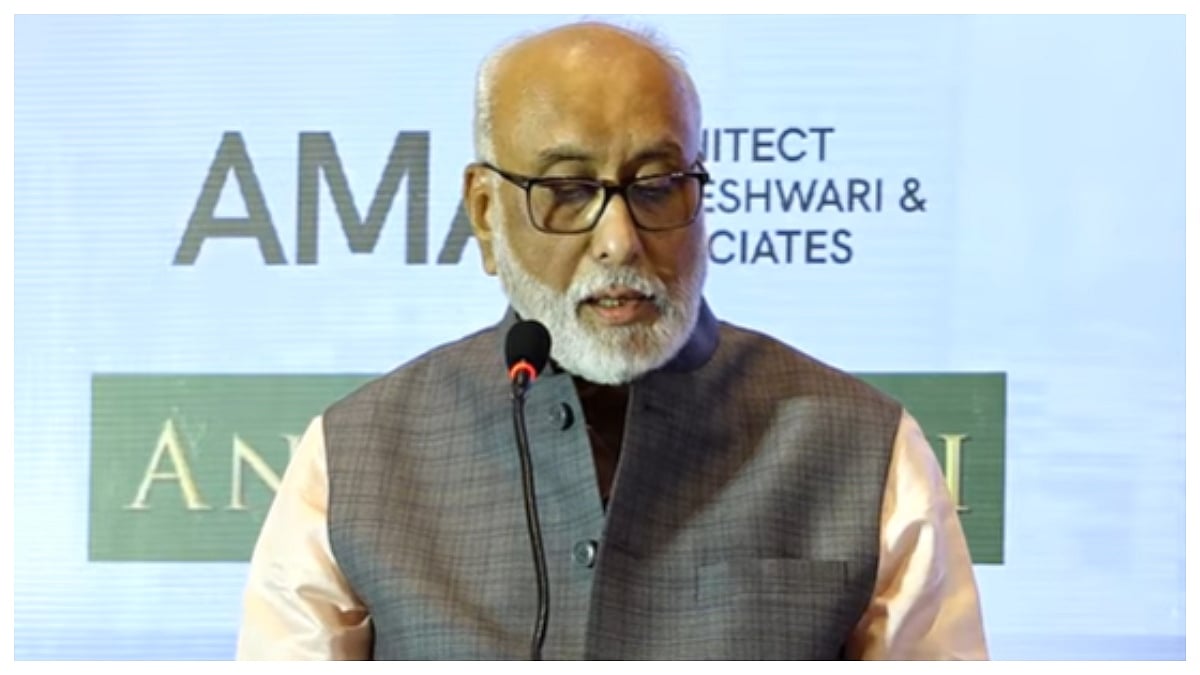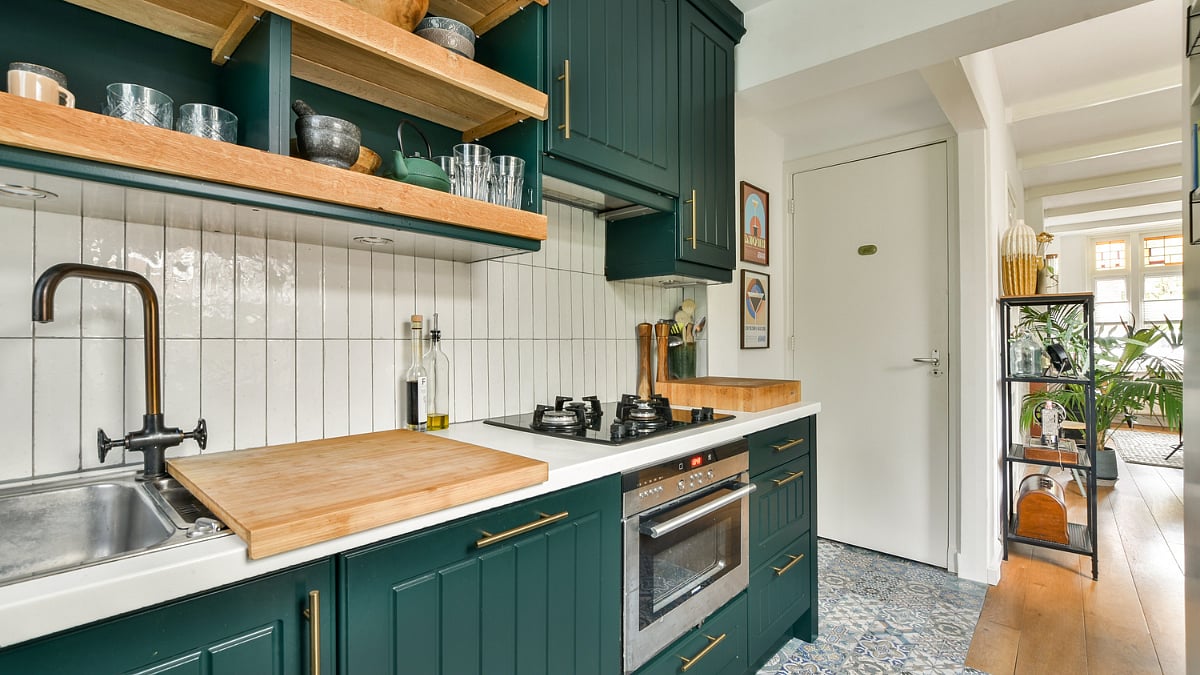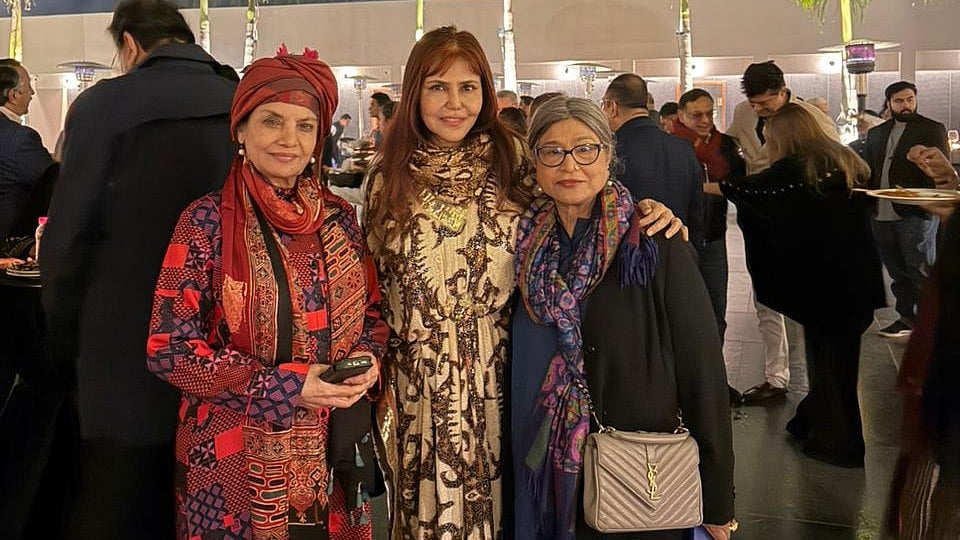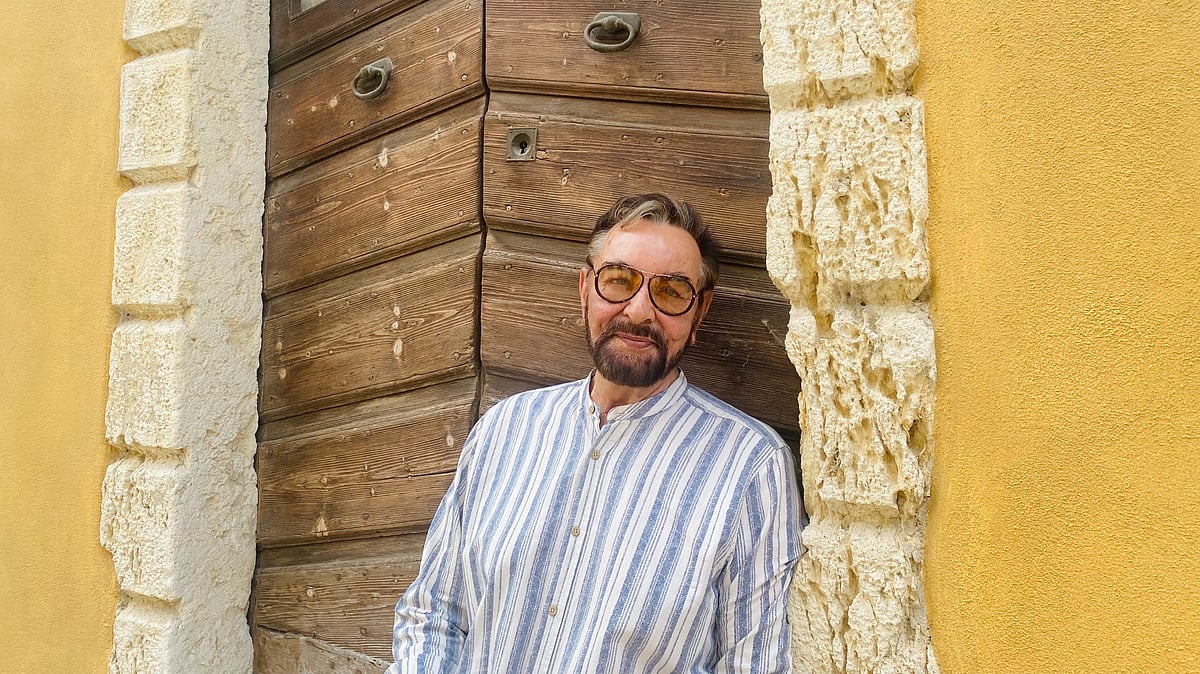While Mumbai boasts of iconic Victorian architectural monuments like the CSMT station, Mumbai High Court, etc., it also has many Art Deco buildings that are considered to be heritage buildings. Art Deco Mumbai Trust has worked towards preserving them and getting them the ‘heritage building’ tag from government officials, INTACH and UNESCO.
Tel Aviv, like many other cities in Europe, was influenced by the smooth lines and geometry of Art Deco. The only difference between the buildings in Mumbai and Tel Aviv is probably the colour. The Tel Aviv Municipality has declared a section of the city as Heritage Quarter and UNESCO too has certified it.
The Art Deco Mumbai Trust was always in awe of the way an entire precinct in a city was conserved, preserved and declared heritage. The similarities always intrigued, though same actions have not been possible in the city of Mumbai.

Art Deco is primarily the building with a facade that’s clean of unnecessary decorative elements. Rest of Europe, barring UK, boasts of this architecture in many cities. Art Deco style is characterised by flat roofs, smooth lines, geometric shapes, streamlined forms, curvilinear balconies, modern building materials in vivid colours, and bold exterior motifs or stylised ornamentation.
In Mumbai, the Regal cinema building was one of the first structures to be built in the Art Deco style in 1930s. Slowly, but steadily, the Colaba, Churchgate,
Marine Drive area was a perfect exhibition site of this architecture. However, with the turn in the century, quite a few of them were brought down under the name of redevelopment. In 2016, Arch. Atul Kumar and a few like-minded people like him got together to save the buildings and founded the Art Deco Mumbai Trust. They have chronicled around 650 buildings in Mumbai and managed to conserve around 100 till date.

Kobbi Shoshani, Consul General of Israel in Mumbai
Thirty years of Indo-Israel celebration seemed to be an ideal occasion for celebrating the architectural similarities. The fact that the current Consul General of Israel in Mumbai, Kobbi Shoshani, is an architecture buff helped seal the deal. Michelle Joseph, Public Diplomacy officer at the Israel Consulate, said that it was a delight to be a part of such exhibition. Michelle, who served earlier with the Tel Aviv Municipality, explained that conserving an entire precinct or bringing down a bridge built in the later years to preserve and conserve the sanctity of the quarter was not an easy task.
Dr Muntasir Dalvi, an expert on Art Deco, curated the exhibition. “Similarities are there for all to see,” he said. “We have juxtaposed one building from Tel Aviv with one building from Mumbai. It’s for the viewers to see, observe and notice the similarities…”
Atul Kumar, who was present at the inauguration of the exhibition, said that this exhibition was just another step. The trust is looking forward to more support from world organisations and governing bodies to help protect the Art Deco buildings in Mumbai from being pulled down.










